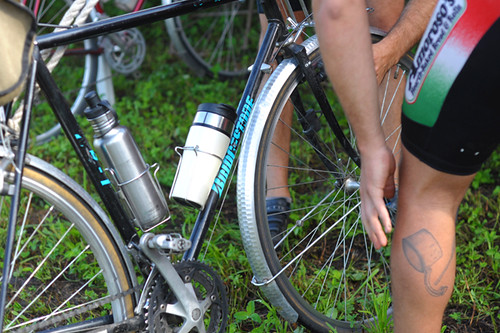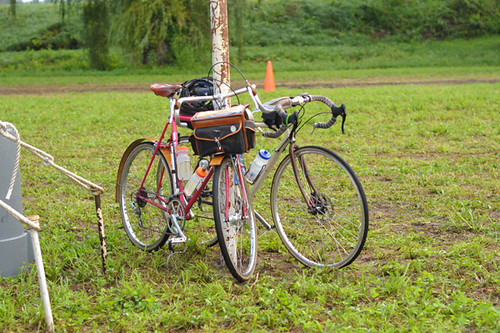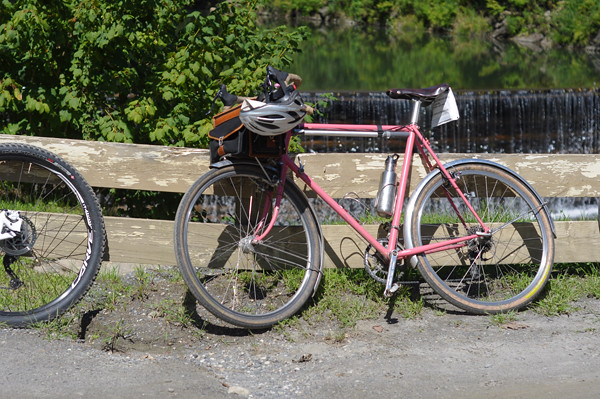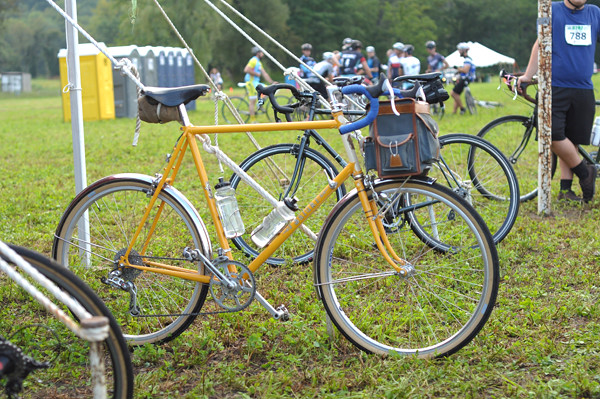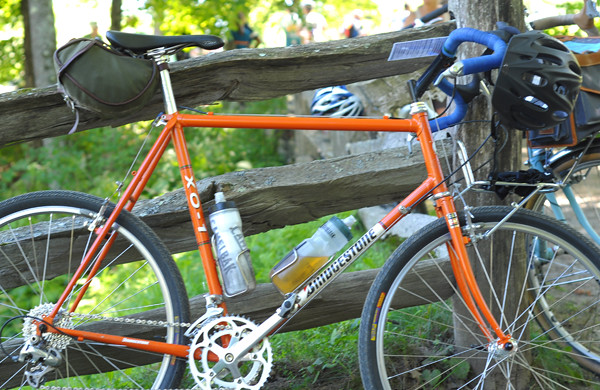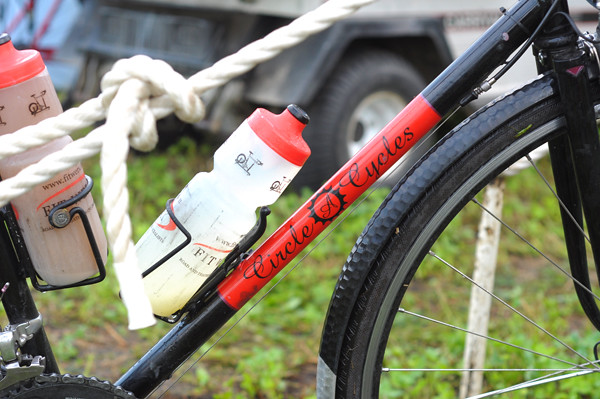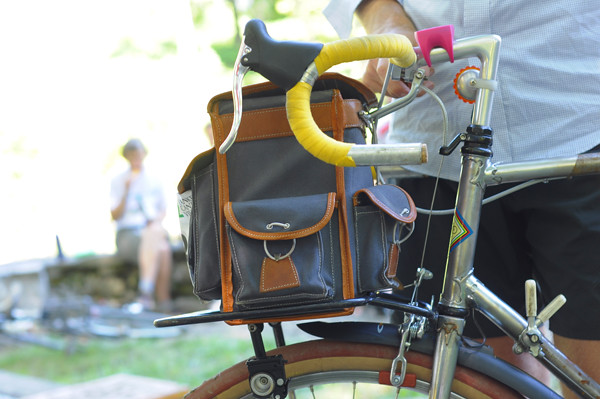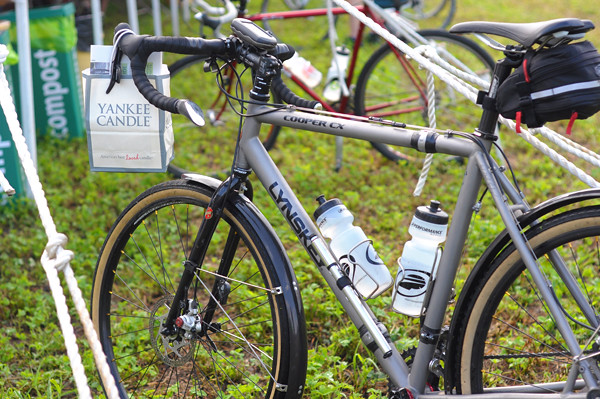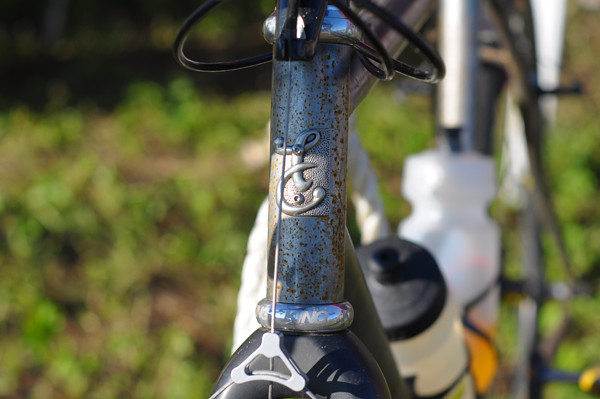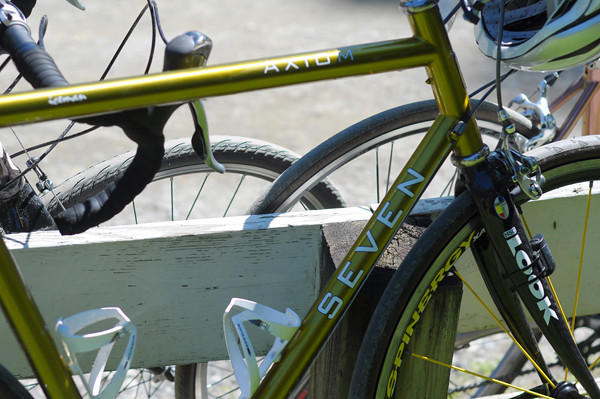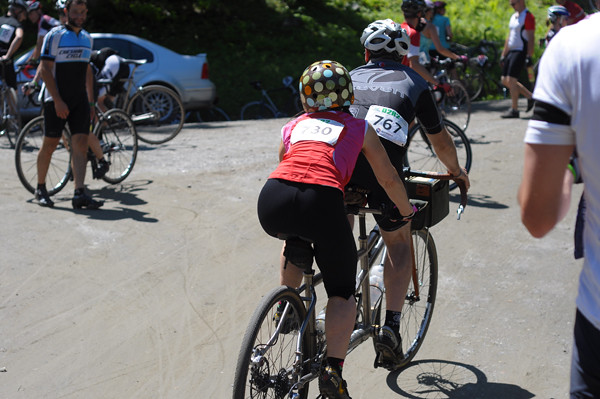
Eddie Bauer Frontpoint shell used where it belongs..going fast and light.
There were lots of questions as to what was the best shell from our field test. I wasn't looking for the best shell so much as I was looking for the best fabric to use for a climbing shell. Like me...some don't really care much about a rain shell.
Until this test I had felt that the new stretch materials were all going to be a big step up on performance from the typical hard shelllayers most of us have used in the past. And at least for me, seldom satisfied with.

My first use of Neoshell in the Westcomb Apoc was a new experience. The Neoshell I have used over the last year is a slightly stretchy, water proof ( I'm now confident in that ) and breathable material. I used Neoshell as the "gold standard" on this test. Although in the field conditions we had I am not sure there was a noticeable differencebetween fabrics likeNeoshell,Goretex Active Shell or the Mountain Hardware Dry Q. I'd like to pick a clear winner here but too many other influences on the fabrics themselves to simply do that.
In use my favorite garmentsalways boil down to the features I like the best. Great design work can oftenovercome a 2nd rate material.
Bad design work can and many times does completely over whelm what ever the magic fabric used might be. For a "hard shell", which is what I would classify all of these jackets, I look at weight first.
Outdoor Reasearch's Axiom jacket cut from a stretch water proof breathable version of *Gore-Tex’s Active Shell* 13.7oz Large
Westcomb's APOC jacket cut from Polartec's stretch waterproof breathable *NeoShell* 17.4oz XL
Marmot's HYPER jacket cut from stretch waterproof breathable technology, *MemBrain® Strata 100% Nylon Stretch* 13.4oz XL
Mountain Hardware's DRYSTEIN jacket cut from their stretch, water proof, breathable *Dry Q Elite* 18.7 oz XL
RAB's Neo Stretch Jacket cut from Polartec's stretch waterproof breathable *NeoShell* and 18.6oz XL
The Marmot Hyper is still one of my favorite shells listed here. I has the most stretch of all those listedand is the lightest. It is also the least water proof. So if rain gear is your priority then the Hyper simply isn't a good choice. That said I have used it in some pretty good rain fall and not been disappointed. But then admittedly I don't do a lot in the "rain".

But if stretch and light weight are important to you. Nothing in this group compares to the stretch of the Hyper. The Hyperis one of the first garments I would reach fora cold windy alpine climb for added protection. But it is no rain jacket by comparison. And because it is so light weight it isn't going to be very durable when it meets rock.
I trial run in the rain and I ride my road bike in the rain when my workouts require it. But climb all day in the rain? Not likely generally.
OK, past stretch and lwt weight what else is important to me? I want a hood that fits over my climbing helmet. A double slider on the main zipper seems like a worth while feature. Only the Mountain Hardware jacket from this test offered that. Disappointing at best.
Pockets? I'd like mess pockets internallyto dry gear out in. None of these jackets offered that feature.
Over size external pockets that are made of nylon/Lycra mesh that work asvents are a better alternative than pit zips I think. They are certainly easier to use for venting and are still useful pockets.
These three jackets all usethatpocket technology. Interesting to me that neither Neoshell garment we tested did. And imo they should have.
Outdoor Research's Axiom jacket cut from a stretch water proof breathable version of *Gore-Tex’s Active Shell* 13.7oz Large
Marmot's HYPER jacket cut from stretch waterproof breathable technology, *MemBrain® Strata 100% Nylon Stretch* 13.4oz XL
Mountain Hardware's DRYSTEIN jacket cut from their stretch, water proof, breathable *Dry Q Elite* 18.7 oz XL
Technical climbing gear? Only one jacket of this bunch was intentionally cut and designedas a technical climbing jacket in my opinion. That is:
RAB's Neo Stretch Jacket cut from Polartec's stretch waterproof breathable *NeoShell* and 18.6oz XL
It has no side pockets, a brimmed hood and two chest high pockets insteadof side "hand warmer" pockets.

But (and I had to physically recheck this) my impression was this:
Outdoor Research's Axiom jacket cut from a stretch water proof breathable version of *Gore-Tex’s Active Shell*quickly becamemy favorite "technical jacket" for climbing out of this group.
Let me explain that a bit s it makes little sense when you look at the over all jacket features but haven't had the garments on. The Outdoor Research Axiom jacket is cut from a *stretch*Gore-Tex’s Active Shell. It is light weight @ 13.7oz in a large size. OR's Large size is a "tight large" on me. So the garment feels trim while you are wearing it. No excess material. The side pocket design works as intended and vents well. They seem like vents not pockets. No extra bulk there. The hood is great with a helmet. The cuffs fit nicely with a tight, tapered Velcro closure. The Axiom simply feels like a shell jacket I would like toclimb in. Not very scientific but there you are, my gut reaction to all of these jackets.
And there nobad apples here! If I had to pick a favorite the Axiom would be it.

When I did climb in the Axiom I used it over my base layer. Typically that would have been a NWAlpine Hoody. But for this trip I intentionally usedCabela's Polartec E.C.W.C.S. zip front. Normally in the same situationI would be using a Arcteryx Atom Lt. over a base layer.

Whilemy base layer was wet from the exercise the Axiom shell was always dry internally. Every so often I stopped to check and was actually amazed at the performance of the design (good vents) and the Gortex Active shell. But you can't even buy the AXIOM any where yet...so big help I am, right?

My point here? I really like what the Arcteryx Atom Lt is capable of for performance in the conditions (cold and dry) I typically climb in. I tend to judge other garments by that kind of performance. "Can they keep me both warm and dry?"
Every shell here listed above would need more than a simple hoody base layer as insulation to keep me warm in those conditions. The rare exception is an intentional "solo speed ascent".

The Neoshell garments got a slight nod for breathability and rain performancefrom the entire team. But again in my opinion neither of the designs we had available really take advantage of Neoshell for my own use.
I started thinking how cool a Neoshell Hyper or a Neoshell Axiom might be!
That is the hard part of taking a detailed look at gear. It is easy to imagine even better combos of design and fabrics once you have seen a few at thecutting edge on design andmaterials .
I can tell you what I thinkis the bestglove, pant or ice tool depending on the conditions. And I'll argue the small points with you. Or the boot that fits MY foot the best. But I don't use a shell often. Past how well they breath and transport your moisture from working hardI don't demand much of them. Unless of course it rains. So,
the "best"really isyour decision, not mine.



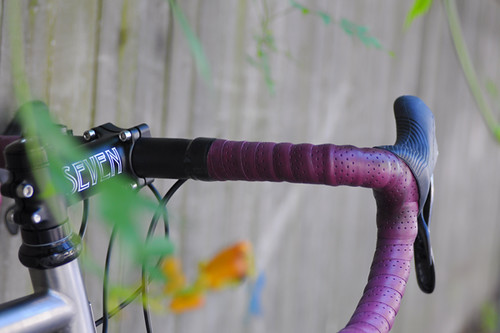
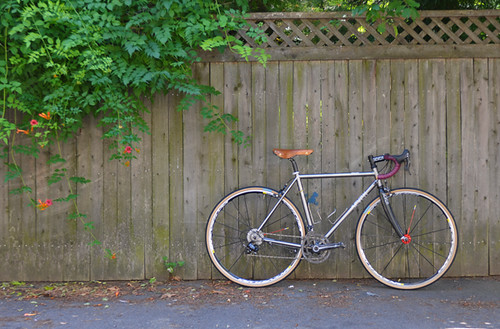

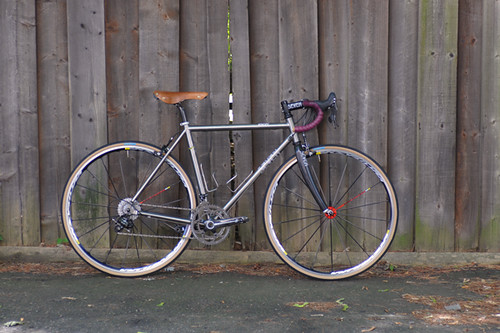
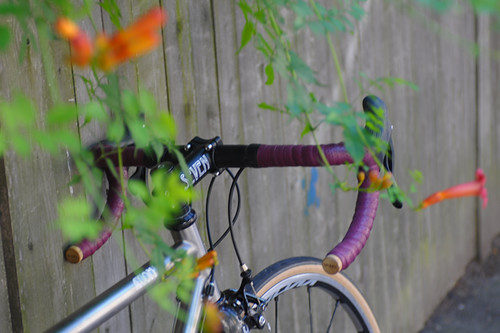
 Eddie Bauer Frontpoint shell used where it belongs..going fast and light.
Eddie Bauer Frontpoint shell used where it belongs..going fast and light.
 But if stretch and light weight are important to you. Nothing in this group compares to the stretch of the Hyper. The Hyperis one of the first garments I would reach fora cold windy alpine climb for added protection. But it is no rain jacket by comparison. And because it is so light weight it isn't going to be very durable when it meets rock.
But if stretch and light weight are important to you. Nothing in this group compares to the stretch of the Hyper. The Hyperis one of the first garments I would reach fora cold windy alpine climb for added protection. But it is no rain jacket by comparison. And because it is so light weight it isn't going to be very durable when it meets rock.



 The Neoshell garments got a slight nod for breathability and rain performancefrom the entire team. But again in my opinion neither of the designs we had available really take advantage of Neoshell for my own use.
The Neoshell garments got a slight nod for breathability and rain performancefrom the entire team. But again in my opinion neither of the designs we had available really take advantage of Neoshell for my own use.






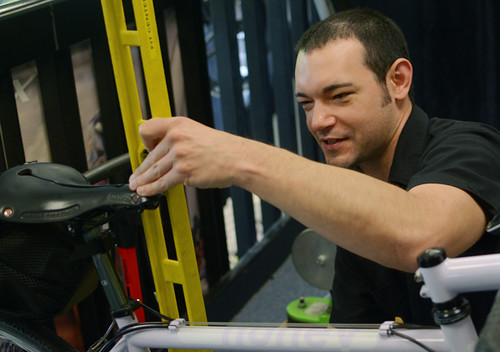
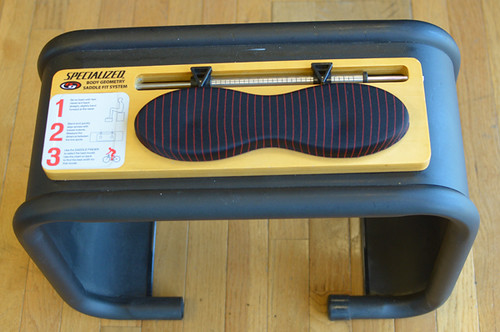
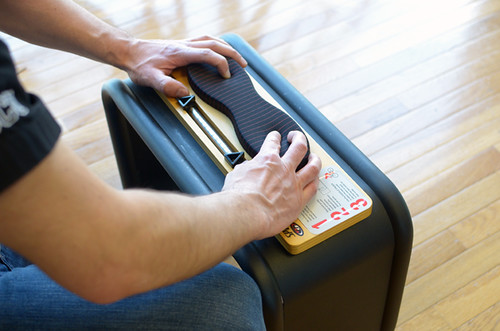
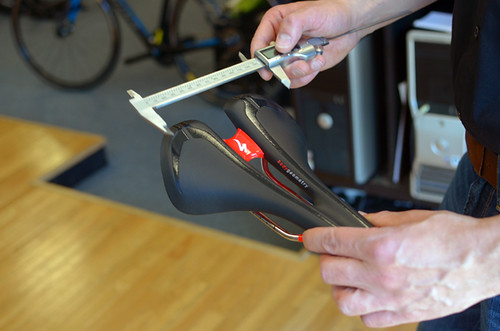
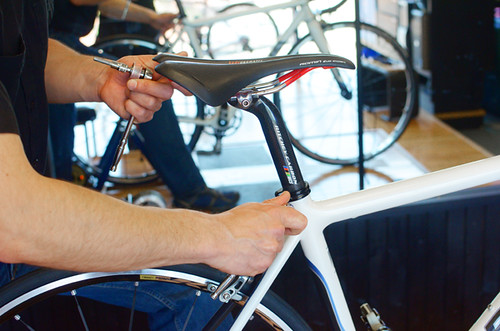



 The very stylish Upskill Climbing team landed in Hong Kong earlier this year to streettest their new range of climbing clothing in the tough urban environment.
The very stylish Upskill Climbing team landed in Hong Kong earlier this year to streettest their new range of climbing clothing in the tough urban environment.

 Boulders + Nuts T-Shirt protects and enhances in the dark canyons of Mong Kok
Boulders + Nuts T-Shirt protects and enhances in the dark canyons of Mong Kok Upskill Director Lee Cujesactions an importantstyle decision in the Hong Kong officeand comes out on top in Slo PonyT-Shirt and G Star Jeans. Did you know the enigmatic Slo used to be a fashion designer?
Upskill Director Lee Cujesactions an importantstyle decision in the Hong Kong officeand comes out on top in Slo PonyT-Shirt and G Star Jeans. Did you know the enigmatic Slo used to be a fashion designer? The Upskill directors meet with principle style editors from jjobrienclimbing at Hong Kong's fabulous "Aqua"
The Upskill directors meet with principle style editors from jjobrienclimbing at Hong Kong's fabulous "Aqua"






